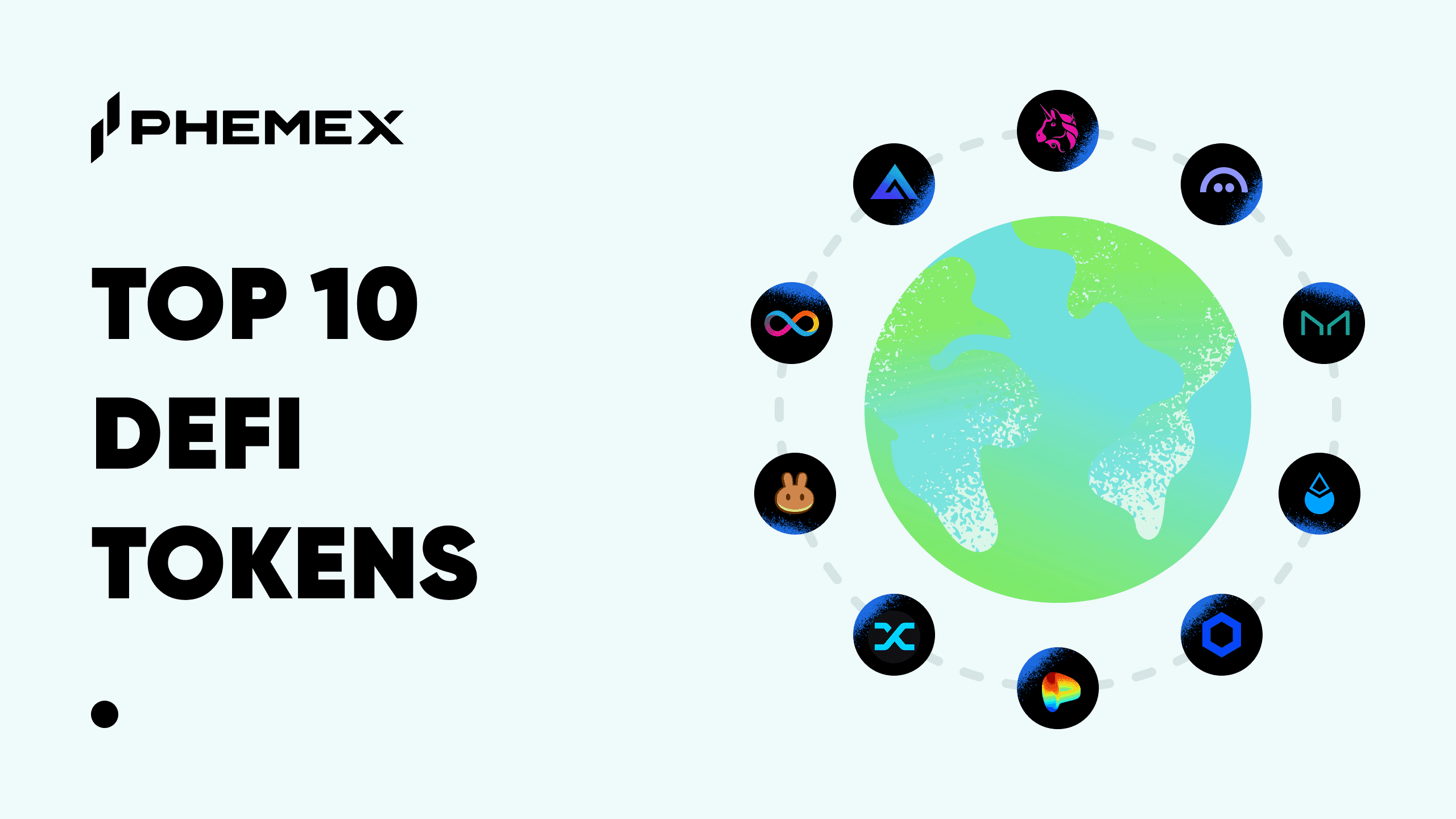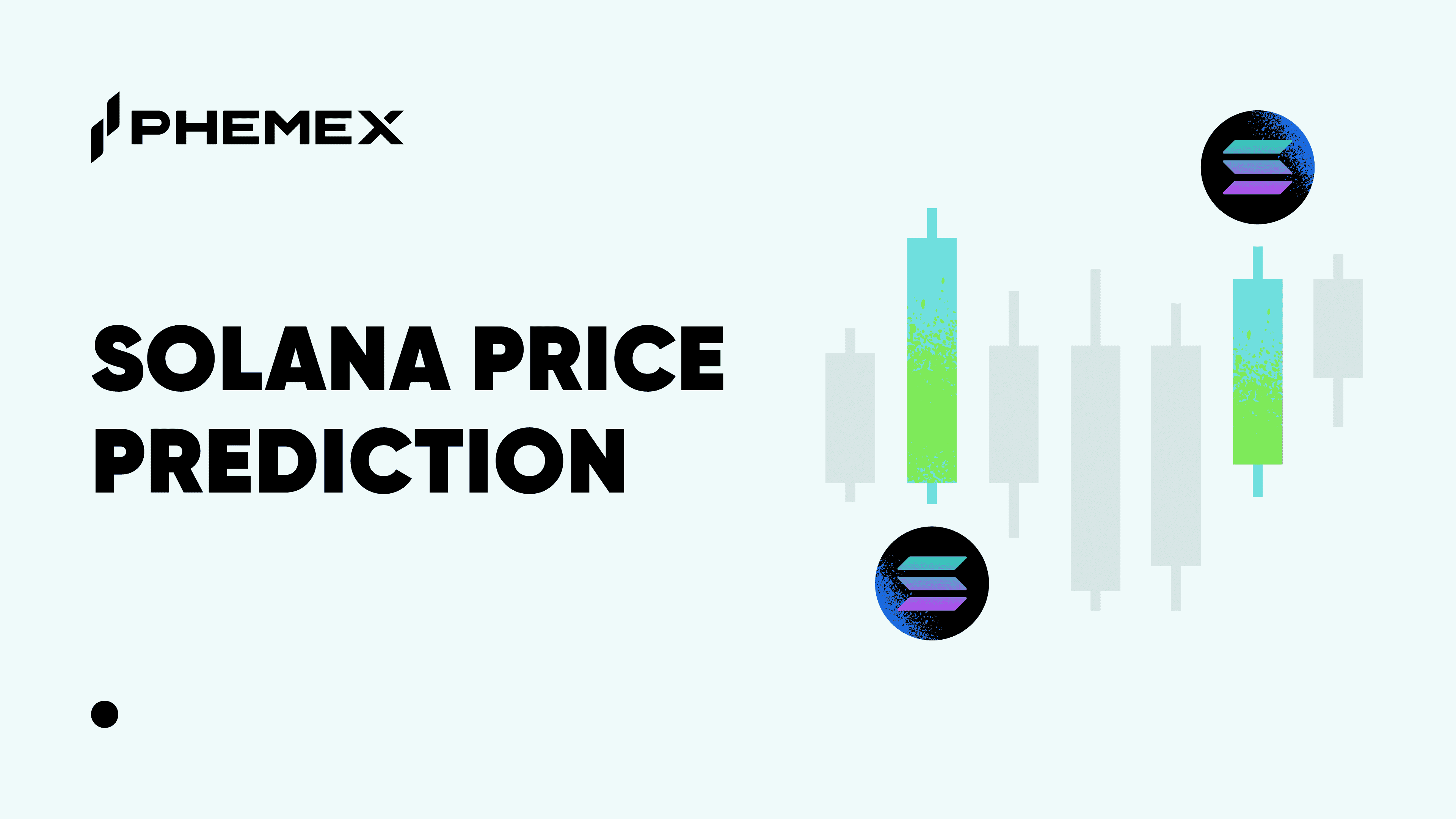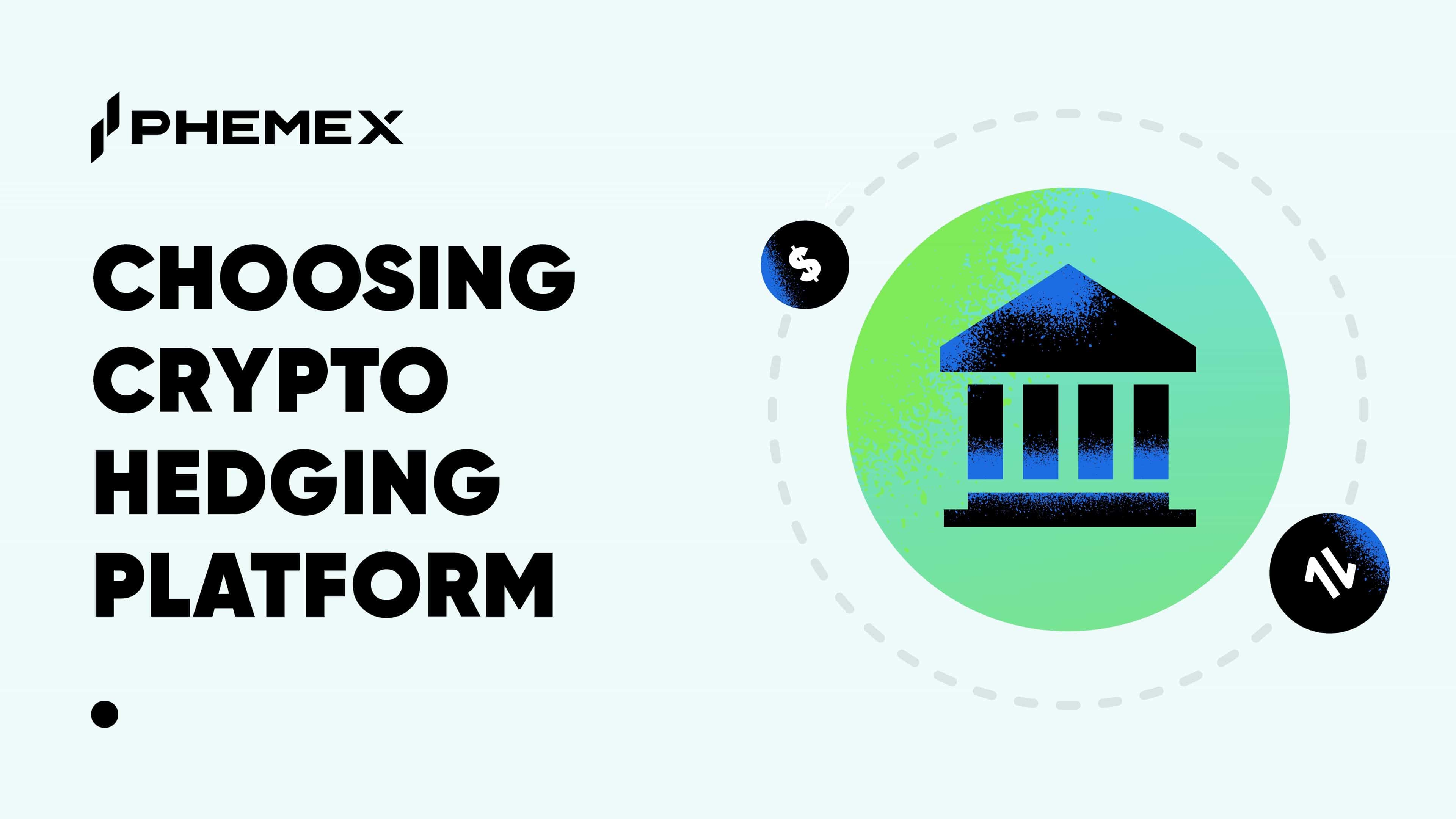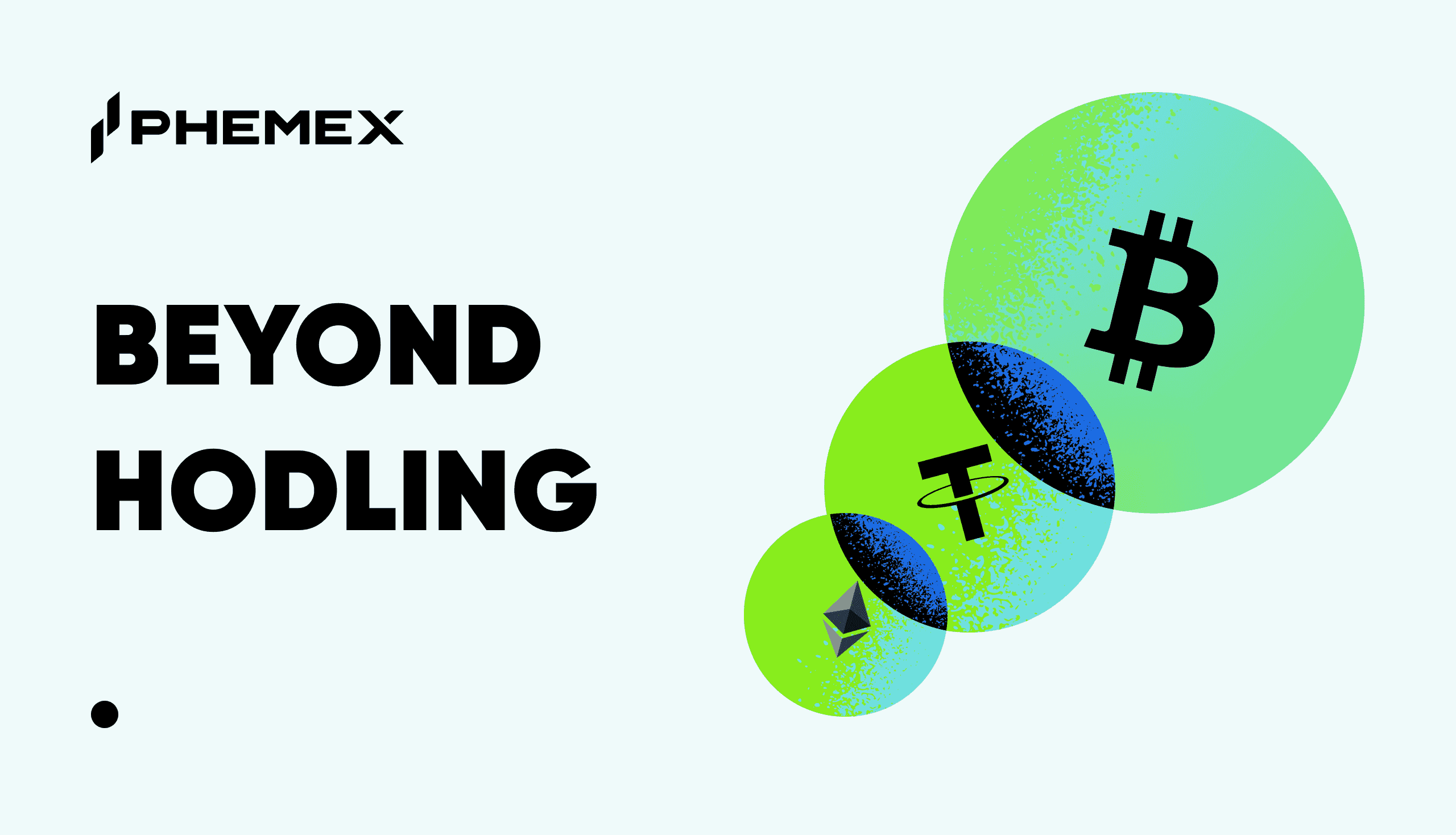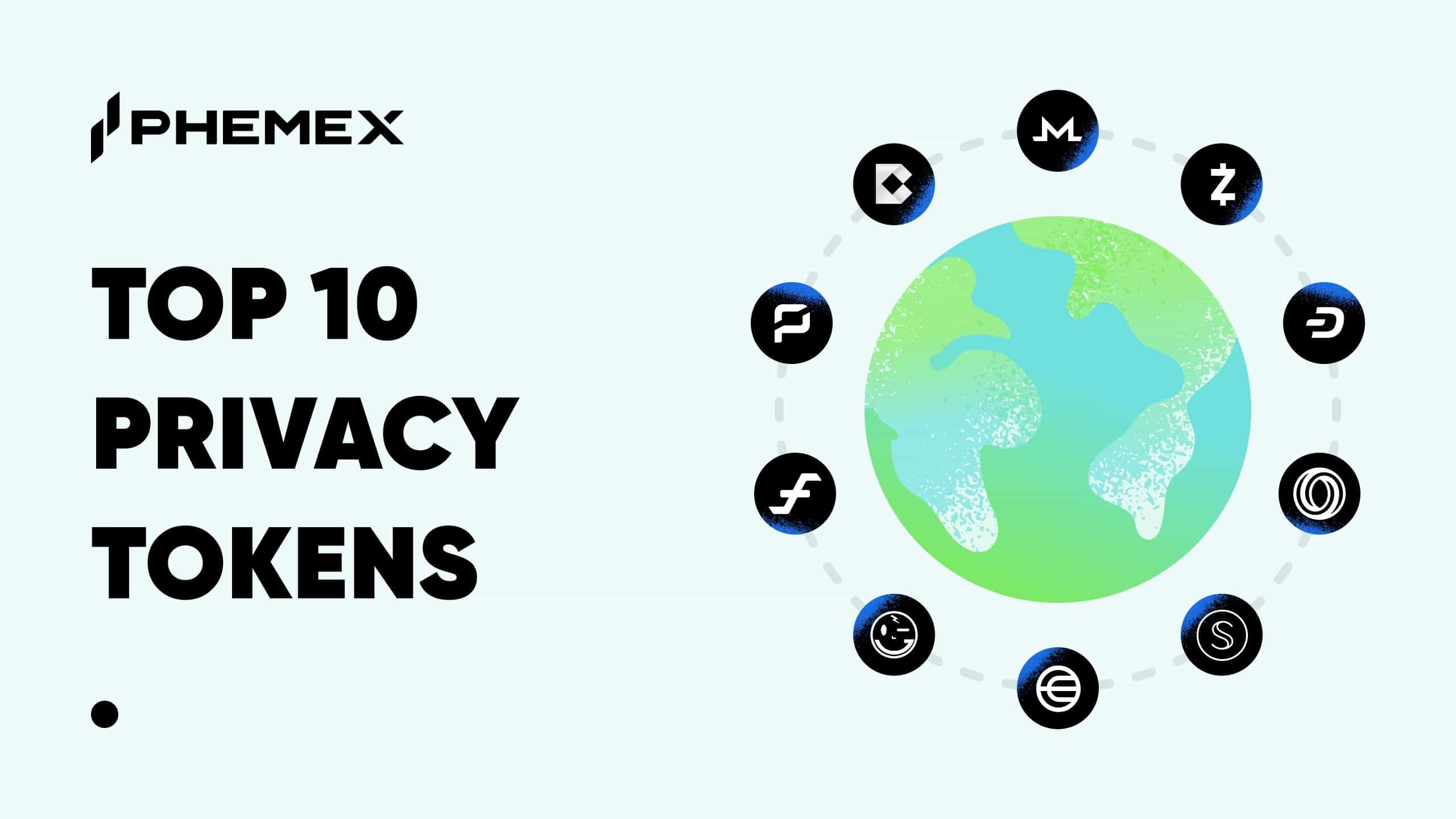What Are NFTs?
NFTs have become a hot discussion topic in 2021, but what are they? NFT stands for non-fungible token. A non-fungible token is data stored on the blockchain that represents and certifies a digital asset as specific and unique. What’s interesting about NFTs is how they’ve transformed concepts around ownership, but what’s really caught the public’s attention are stories of NFTs selling for millions of dollars.
Visit Phemex Academy for A complete guide to NFTs
Buying NFTs is a little confusing. When you buy an NFT, you’re essentially buying a digital recording of ownership of a token, which can then be transferred to a digital wallet. The blockchain is where that token proof of ownership certification takes place. Most NFTs are part of the Ethereum blockchain, but other blockchains can implement their own versions of NFTs.

NFTs have opened up new lanes for investment and have added new forms of ownership, particularly for digital assets. However, for digital assets to become real NFTs that can be traded on NFT marketplaces, they must first be minted. Minting is when you take a digital file, JPEG, a GIF, an MP3, or an MP4, and create a blockchain entry or record that is associated with that asset. Then, the transfer of ownership journey for that particular NFT is tracked on the blockchain for authenticity.
Where Can People Buy & Sell NFTs?
A Complete List Of NFT Marketplaces
Some of the more popular NFT marketplaces include OpenSea, Rarible (for art collectibles), SuperRare (for NFT art), Foundation (for digital artists), and Nifty Gateway. However, these are just a few of the many different marketplaces out there. In order to help you navigate this huge field, we at Phemex have put together a list of the top NFT marketplaces, and have include some less prominent ones as well. You can find the expanded list in the chart below.
| OpenSea | Viv3 | Cargo | lensy.io |
| Rarible | TreasureLand | Blockparty | Paras |
| SuperRare | Arkane Market | Ghost Market | Kalamint |
| Foundation | Axie Infinity | TVK | VeriArti |
| AtomicMarket | NBA Top Shot | Terra Virtua | SIGN Art |
| Myth Market | CryptoPunks | PancakeSwap | Mintable at Zilliqa |
| BakerySwap | Sorare | Solible | AirNfts |
| KnownOrigin | SuperRare.co | ArtOlin | Gamestop |
| Enjin Marketplace | Aavegotchi | Crypto.com NFT | |
| Portion | Waxplorer | Art Blocks | |
| Async Art | The Sandbox Marketplace | BAE | |
| Superfarm | CryptoSlam | CryptoArt.AI | |
| Ethernity | CryptoCats | Cryptograph | |
| Hoard.Exchange | Waxstash | DigiCol | |
| FansForever | Collectables.io | Ephimera | |
| Hic et Nunc | Ether Cards | EthBlock.art | |
| Nifty Gateway | Zora | InfiNFT | |
| MakersPlace | Mintable | Mintbase | |
| NFT Showroom | Valuables | AtomicHub | |
| Decentraland | Looking Glass Factory | pixEOS |
Conclusion
Ethereum software company ConsenSys reported that crypto art accounts for roughly 10% of the global art market sales, but NFTs don’t just include art. Nonetheless, this statistic alone is a sign that the NFT industry as a whole has considerable potential and room to grow in the future, similar to how e-commerce platforms grew over the past 20 years. Especially in the Covid-era where in-person shopping is severely limited, digital and non-digital artists or sellers of other tokenized goods and assets can use this as a new medium to market their products and publicize their work. Thus, the evolution of NFTs and the creation of NFT marketplaces have provided artists and miscellaneous merchants with new ways to access collectors, investors, and customers.





